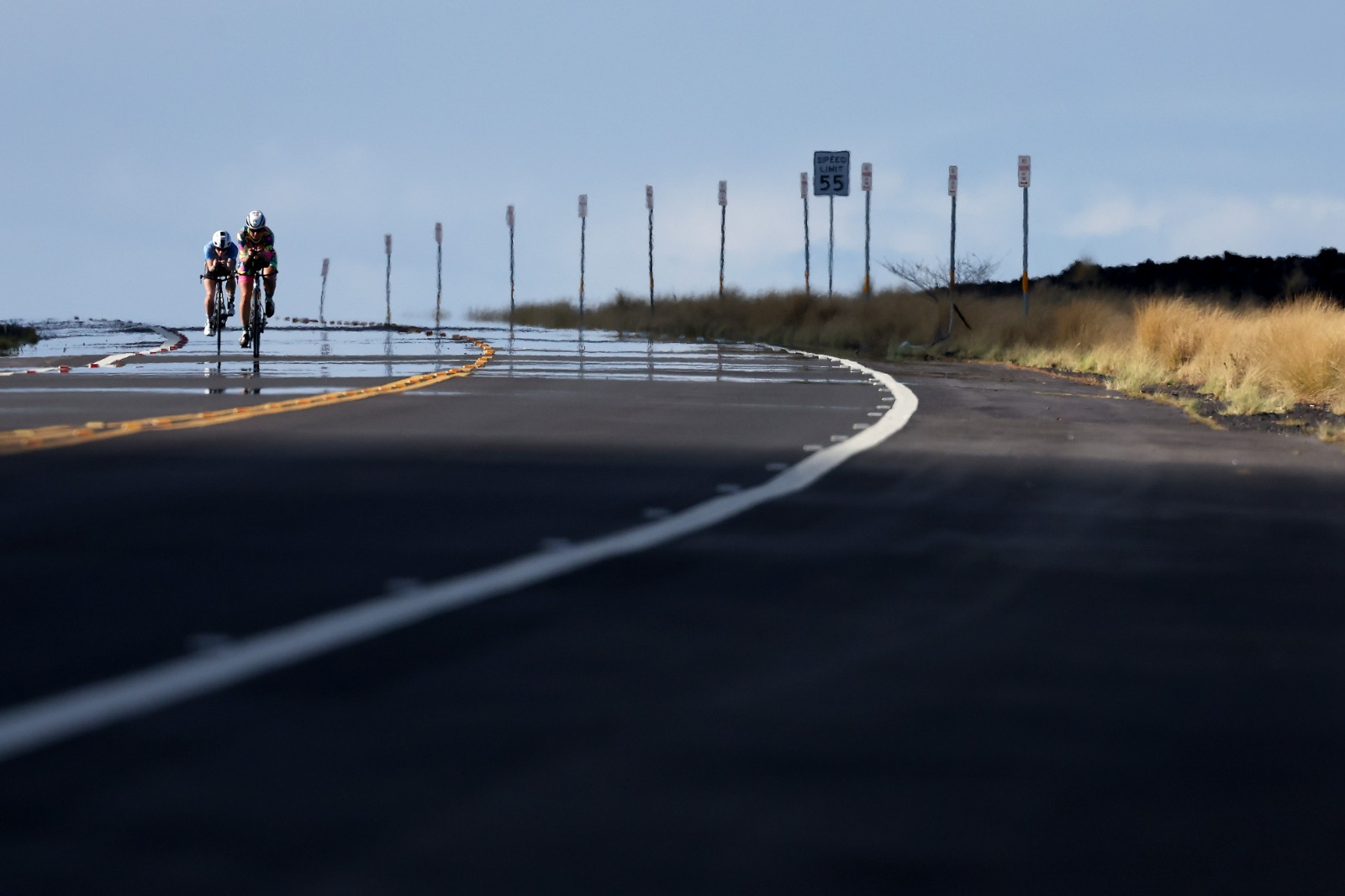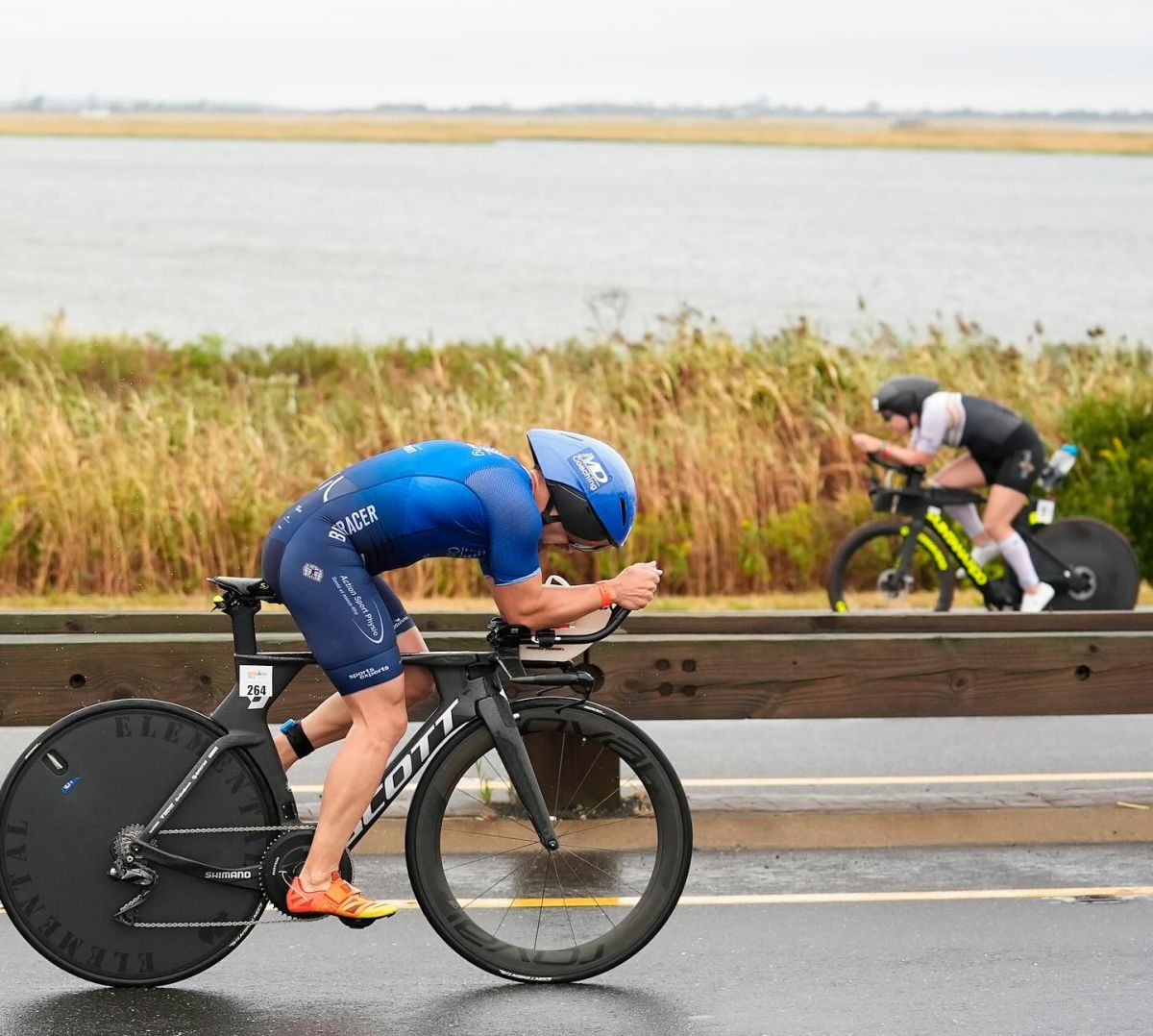
Pensare che pedalare “sui rulli” sia un surrogato del ciclismo è sbagliato. Iniziamo a vedere l’allenamento in sella indoor come un’opportunità…
L’inverno è una fase critica per chi ama l’aria aperta. Le fasi autunnale e invernale sono caratterizzate da clima più rigido, pioggia e con meno ore di luce. Aspetti che per molti si traducono in allenamento indoor nei giorni infrasettimanali e a volte anche nel week end.
Questa situazione non deve essere vista come un “surrogato” del ciclismo, ma come una opportunità per “lavorare” su alcune qualità fisiche che spesso quando si va outdoor non si provano a sviluppare.
LA SCELTA DEL CICLOSIMULATORE
Dimenticate il vecchio rullo con cavetto di tensione della resistenza in acciaio, sempre troppo leggero o al limite opposto bloccato (pedalata quadrata). Il mercato oggi ci propone ciclomulini, che utilizzano l’aria come freno, un po’ rumorosi, soprattutto se viene utilizzato in casa e al mattino presto, e ciclosimulatori, con freno elettromagnetico o a olio, di buona qualità, a prezzi spesso accessibili.
Quasi tutti si collegano wireless con il computerino da bici, fornendo in tempo reale velocità/cadenza/potenza e FC.
In molti casi il computer da ciclismo diventa la consolle di comando del ciclosimulatore stesso, su cui è possibile impostare un programma di allenamento preventivamente stabilito (watt, rpm ecc) dal proprio coach o dai voi stessi e successivamente, dopo averlo eseguito, scaricarlo sul proprio diario elettronico.
È importante sottolineare che se disponiamo di un powermeter (rilevatore di potenza), è necessario capire quanto i valori misurati con i nostri strumenti si discostano dai dati del ciclomulino, così da adeguare i “wattaggi” dell’allenamento. Spesso c’è una differenza ed è importante valutarla per riuscire ad allenarsi con dati abbastanza vicini.

I PARAMETRI DELL’ALLENAMENTO
La prima cosa di cui tutti sono convinti è che quando ci si “trasferisce” da outdoor a indoor il parametro durata deve essere rivisto in maniera importante. Io penso invece che soprattutto con gli strumenti moderni sia possibile anche eseguire intere sedute di allenamento.
Conosco atleti professionisti e Age Group che eseguono sessioni anche da 4/5 ore su ciclosimulatore.
A volte il discorso di termoregolazione/sudorazione è proprio cercato per adattarsi a condizioni di calore intenso. Addirittura alcuni atleti hanno eseguito l’allenamento in tende con scaldini proprio per pedalare in questo tipo di condizioni. Invece altri hanno zone dedicate, tipo cantine o box, dove la temperatura è adeguata a poter fare allenamento senza una eccessiva sudorazione.
Infine, grazie a software dedicati (vedi swift) è possibile riuscire a fare training divertenti e stimolanti con altri compagni virtuali.
Come dato di sforzo dell’allenamento l’unico indice valido sono i watt; la frequenza cardiaca può essere un dato secondario, che spesso può essere condizionato da una serie di variabili tra cui come primo dato il calore.
La potenza come indicatore di sforzo è invece ottimale, essendo una misura diretta del carico.
ALLENAMENTI POSSIBILI
Sul ciclosimulatore difficilmente possiamo eseguire allenamenti che simulino le partenze da fermo fuori sella, almeno su alcuni. È quindi utile spostare l’attenzione su (tutti gli) altri tipi di training.
Io solitamente nella routine di allenamento di un triatleta sul ciclosimulatore imposto allenamenti dedicati alla forza. Sia resistente a 70 rpm per serie da 10-12 rip x da 3-4’, proprio per adattare la muscolatura estensoria ad abituarsi piano piano a lavorare a “low cadence”, sia esplosiva 15-20” al massimo di sprint; o ancora, faccio eseguire esercizi intermittenti con un wattaggio elevato per 20-25” a crescere e una pausa costante di circa 35”, quindi ogni minuto un cambio di ritmo. Così facendo la produzione di lattato sarà bassa, ma nello stesso tempo si produrrà uno sforzo intenso intervallato protratto per minuti e serie.
IDRATAZIONE E SUDORAZIONE
Durante un allenamento indoor dobbiamo rispettare le stesse regole di idratazione di una qualsiasi attività sportiva, ma con un po’ di attenzione in più. L’assenza di vento (si può usare un ventilatore) e il microclima caldo-umido che si genera nella stanza di allenamento accentuano in molti casi la sudorazione, che va quindi controbilanciata da un idoneo apporto di liquidi.
Il problema in sintesi è non sapere di sudare e quindi non integrare liquidi e sali. L’entità della sudorazione resta soggettiva e anche la termoregolazione è falsata rispetto all’esterno: nei mesi freddi allenarsi indoor “costa” molto meno ed è per questo che si consumano meno calorie (a parità di lavoro meccanico esterno).
(english version)
Thinking that pedaling “on the rollers” is a substitute for cycling is wrong. We begin to see indoor saddle training as an opportunity …
Winter is a critical phase for those who love the outdoors. The autumn and winter phases are characterized by a more rigid climate, rain and fewer hours of light. Aspects that for many translate into indoor training on weekdays and sometimes even on weekends.
This situation should not be seen as a “substitute” for cycling, but as an opportunity to “work” on some physical qualities that often do not try to develop when going outdoors.
THE CHOICE OF THE HOME TRAINER
Forget the old roller with the steel resistance tension cable, always too light or blocked at the opposite limit (square pedaling). The market today offers us Home trainer, which use air as a brake, a little noisy, especially if used at home and early in the morning, and Home trainer, with electromagnetic or oil brakes, of good quality, at often affordable prices.
Most all connect wirelessly to the bike computer, providing real-time speed / cadence / power and HR.
In many cases the cycling computer becomes the control console of the Home trainer itself, on which it is possible to set a training program previously established (watts, rpm, etc.) by your coach or by yourself and then, after running it, download it to your own electronic diary.
It is important to emphasize that if we have a powermeter (power detector), it is necessary to understand how much the values measured with our instruments differ from the Home trainer data, so as to adapt the training “wattages”. There is often a difference and it is important to evaluate it to be able to train with fairly close data.
THE TRAINING PARAMETERS
The first thing everyone is convinced of is that when you “move” from outdoor to indoor the duration parameter must be revised in an important way. On the other hand, I think that especially with modern tools it is also possible to perform entire training sessions.
I know professional athletes and Age Group who perform 4/5 hour sessions on Home trainer.
Sometimes the discourse of thermoregulation / sweating is really sought to adapt to conditions of intense heat. Even some athletes have performed training in tents with warmers just to pedal in this type of conditions. Instead others have dedicated areas, such as cellars or boxes, where the temperature is adequate to be able to train without excessive sweating.
Finally, thanks to dedicated software (see swift) it is possible to have fun and stimulating training with other virtual companions.
As a training effort data, the only valid index are watts; heart rate can be a secondary datum, which can often be conditioned by a series of variables, including heat as the first datum.
The power as an indicator of effort is instead optimal, being a direct measure of the load.
POSSIBLE WORKOUTS
On the home trainer we can hardly perform workouts that simulate stationary starts out of the saddle, at least on some. It is therefore useful to shift attention to (all) other types of training.
I usually in the training routine of a triathlete on the home trainer I imposed training dedicated to strength. It is resistant to 70 rpm for sets of 10-12 reps x 3-4 ‘, precisely to adapt the extensor muscles to slowly get used to working at “low cadence”, and explosive 15-20 “at maximum sprint; or again, I do intermittent exercises with a high wattage for 20-25 “to increase and a constant pause of about 35”, then every minute a change of pace. In this way, the production of lactate will be low, but at the same time there will be an intense effort interspersed with prolonged for minutes and series.
HYDRATION AND SWEAT
During an indoor training we must respect the same hydration rules as any sport activity, but with a little more attention. The absence of wind (you can use a fan) and the hot-humid microclimate that is generated in the training room in many cases accentuate sweating, which must therefore be counterbalanced by a suitable supply of liquids.
In short, the problem is not knowing that you sweat and therefore not integrating liquids and salts. The extent of sweating remains subjective and also the thermoregulation is distorted compared to the outside: in the cold months, training indoors “costs” much less and that is why fewer calories are consumed (with the same external mechanical work).



Buon giorno , siamo 2-3 ciclo amatori di 60-67-68 anni, dotati di Smart trainer interattivo a freno magnetico..
Ci stiamo allenando sui rulli da oltre un mese costantemente 3-4 volte/ sett.
Abbiamo un ftp da 175 a 185 .
Il nostro piano sarebbe fare un altro mese di allenamento solo rulli , dato che non è ancora possibile fare uscire , per poi passare a due sedute sui rulli e due uscite , settimanalmente .
Cosa potete proporci?
Mi trovate a adalberto1953@gmail.com oppure cell. 335294382.
Grazie
A. Bestetti
buona sera,
inanzi tutto di ripetere il test ftp.
cordiali saluti
Nicola Olivato
innanzi